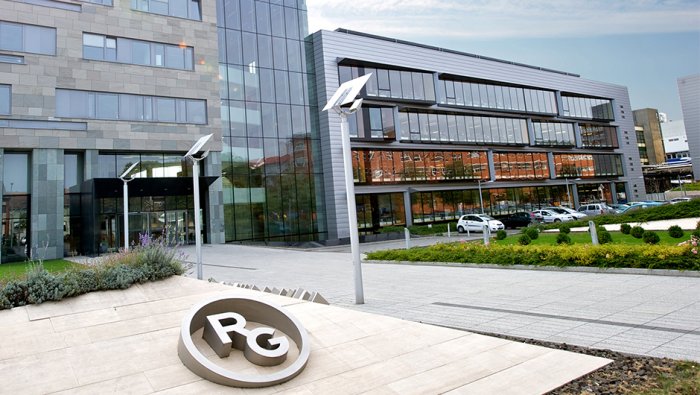Household savings ratio rises; home loans at 15-year high

Hungaryʼs four-quarter rolling net household financial savings ratio rose further, to 5.5% of GDP, in the first quarter of 2018. Meanwhile, the number of credit cards dropped significantly, by 9% year-on-year.
The four-quarter household savings ratio peaked at 7.7% in 2015, boosted by the compensation retail borrowers received from banks under the 2014 debt relief law, according to figures published by the National Bank of Hungary (MNB). Later it dropped as personal consumption rose on a sharp rise in real wages and rising employment in the past few years, state news agency MTI reported.
Net savings totaled HUF 534 billion, or 5.8% of quarterly GDP in the first quarter. The Q1 ratio was down from 7% at the end of 2017, but rose from 3.9% one year earlier. Both the drop and the increase were milder if adjusted for seasonal effects.
Households significantly increased their cash holdings, current account deposits, long-term fixed-income securities, shares and stakes in the first quarter, while their insurance policy investments rose moderately. They divested themselves of fixed deposits and short-term fixed-income papers.
Within household liabilities, the stock of home loans rose significantly (see below), while the stock of consumer and other bank loans decreased. The case was just the opposite with loans taken out by non-bank financial businesses.
Net wealth of households rose by HUF 621 bln in Q1, to HUF 40.03 trillion at the end of March. It increased by HUF 3.29 tln from the end of March 2017. Net savings transactions contributed 78% of the quarterly rise and 59% of the twelve-month increase. The rest came from assets revaluation - price or exchange rate gains.
At the end of March, some 33% of gross household wealth was held in cash and deposits, 13% in state securities, 51% in shares and investment units, and 9% in life or pension insurance policies.
Also according to MNB figures, in Q1 this year Hungarians held somewhat more than 9 million bank cards, of which 7.7 mln were debit cards and 1.3 mln credit cards. There was a 9% drop in credit cards year-on-year, unprecedented in the last eight years, business news site napi.hu reported.
The significant decrease is due to several factors, napi.hu noted. While credit card rates are extremely high, at 30-40%, personal loan rates are lower, at 14.35% on average. In addition, lending procedures are very fast, the report noted.
Home loan outlays at almost 15-year high
In a separate news item Tuesday, MTI cited MNB data showing that Hungarian banks signed contracts for HUF 76 bln of new home loan outlays to retail clients in May, 24% more than in the same month a year earlier, and 11% more than in April.
Monthly home loan outlays were at their highest level since September 2003, according to historical data.
In May around HUF 57 bln of loans went towards purchasing resale homes, HUF 5.4 bln was used for buying new homes, HUF 6.3 bln for construction and home extensions, and HUF 3.2 bln for renovations.
The average annual percentage rate on home loans stood at 4.52% in May, unchanged from April and down from 4.76% in May 2017. The annualized rate on home loans was 4.31% in May.
SUPPORT THE BUDAPEST BUSINESS JOURNAL
Producing journalism that is worthy of the name is a costly business. For 27 years, the publishers, editors and reporters of the Budapest Business Journal have striven to bring you business news that works, information that you can trust, that is factual, accurate and presented without fear or favor.
Newspaper organizations across the globe have struggled to find a business model that allows them to continue to excel, without compromising their ability to perform. Most recently, some have experimented with the idea of involving their most important stakeholders, their readers.
We would like to offer that same opportunity to our readers. We would like to invite you to help us deliver the quality business journalism you require. Hit our Support the BBJ button and you can choose the how much and how often you send us your contributions.








